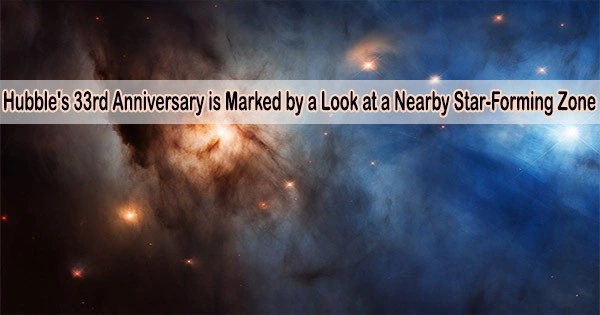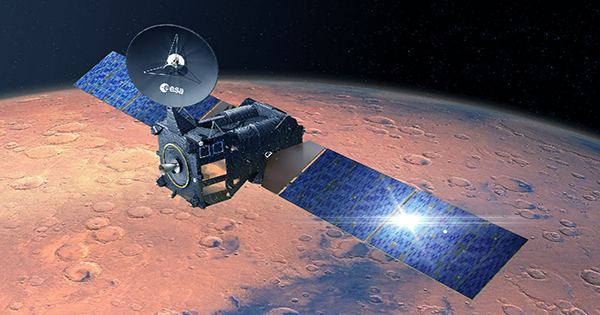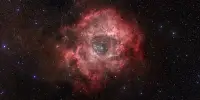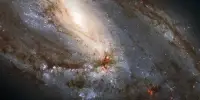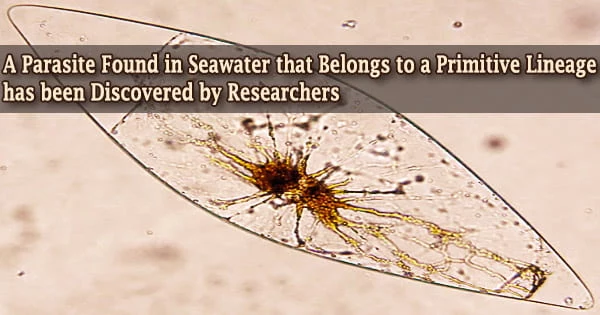In honor of the 33rd anniversary of the Hubble Space Telescope’s debut, astronomers have captured an ethereal image of the nearby star-forming region NGC 1333. The nebula is 960 light-years away and is part of the Perseus molecular cloud.
Hubble’s vivid view reveals an effervescent stew of incandescent gasses and pitch-black dust swirled up and tossed around by several hundred newly emerging stars trapped within the dark cloud. This is made possible by its exceptional ability to gather photos from ultraviolet to near-infrared light.
Because much of the star-birthing firestorm is covered beneath clouds of fine dust, or soot, that become denser toward the bottom of the image, Hubble can only see a small portion of it. The image’s blackness is really covered in concealing dust rather than being a void.
Hubble looked through a layer of dust on the edge of a vast cloud of cold molecular hydrogen, which serves as the building block for the creation of new stars and planets in defiance of gravity, to obtain this image. The picture serves as a reminder that star creation in our chaotic cosmos is a messy process.
A dust curtain is being blown through by ferocious stellar winds, which are most likely coming from the brilliant blue star at the top of the image. The fine dust scatters the starlight at blue wavelengths.
The sun appears to be shining through sporadic clouds as another dazzling, super-hot star further down beams through filaments of obscuring dust. Due of dust’s ability to filter starlight and increase the amount of red light passing through, a diagonal line of fainter companion stars appears reddish.
The bottom of the picture presents a keyhole peek deep into the dark nebula. Hubble captures the reddish glow of ionized hydrogen. It looks like a fireworks finale, with several overlapping events. Pencil-thin jets from newly developing stars outside of the field of view are to blame for this.
Circumstellar disks, which may one day give rise to planetary systems, and strong magnetic fields, which aim two parallel beams of hot gas deep into space, resembling a double light saber from science fiction movies, are present around these stars. They trace patterns on the hydrogen cocoon that resemble laser light shows. The jets are a star’s birth announcement.
This image provides an illustration of the period, 4.6 billion years ago, when our sun and planets first formed inside a similarly dusty molecular cloud. Our sun didn’t develop in a vacuum; rather, it was a part of a frenzied stellar birth mosh pit that was maybe even more massive and explosive than NGC 1333.
NASA astronauts aboard the Space Shuttle Discovery deployed Hubble into orbit around Earth on April 25, 1990. The storied telescope has already observed roughly 52,000 celestial targets in 1.6 million observations.
The Mikulski Archive for Space Telescopes at the Space Telescope Science Institute in Baltimore, Maryland houses this wealth of knowledge about the cosmos for public use.
